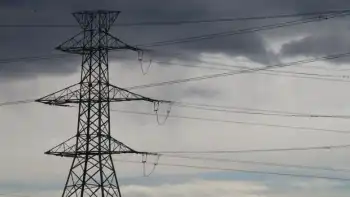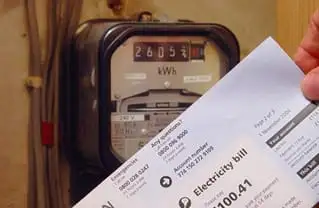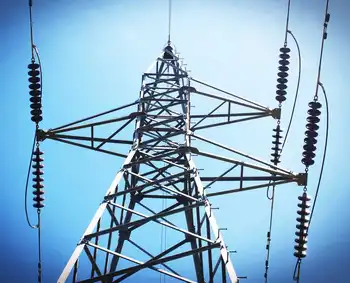2011 uniform transmission rates announced: OEB
Transmission costs represent about 7 of the total bill for a typical electricity consumer in Ontario and these costs are part of the delivery line on the electricity bill.
The new rates will result in an estimated average increase on total customer bills of about 0.5.
A residential customer consuming 800 kWh per month will see their total monthly bill climb by about 62 cents in 2011 as a result of the transmission rate increase.
The transmission rates announced today are primarily the result of a 7 increase in Hydro One's transmission revenue requirement. Hydro One accounts for 97 of the total electricity transmission revenue requirement for Ontario.
The delivery component of the customer bill is one of the four regular items that appear on all Residential and General Service electricity bills. This change to the delivery component of the bill is separate from other potential changes to electricity bills such as changes to the "electricity" component charges and changes to distribution charges.
The Ontario Energy Board regulates the provinceÂ’s electricity and natural gas sectors in the public interest.
Related News

Why Canada's Energy Security Hinges on Renewables
TORONTO - Oil, gas, and coal have been the central pillar of the global energy system throughout the 20th century. And for decades, these fossil fuels have been closely associated with energy security.
The perception of energy security, however, is rapidly changing. Renewables form an increasing share of energy sectors worldwide as countries look to deliver on the Paris Agreement and mitigate the effects of climate change. Moreover, Russia’s invasion of Ukraine has demonstrated how relying on fossil fuels for power, heating, and transport has left many countries vulnerable or energy insecure.
The International Energy Agency (IEA) defines energy security as “the…





